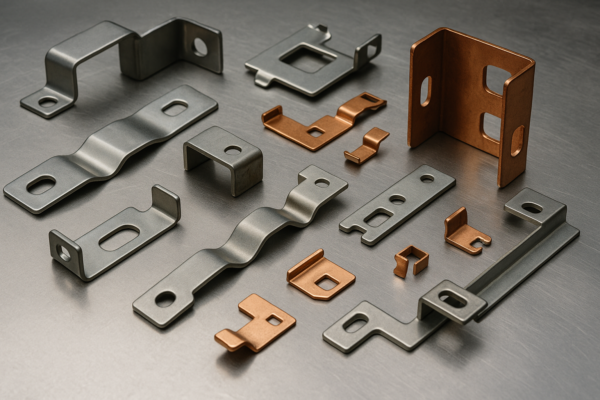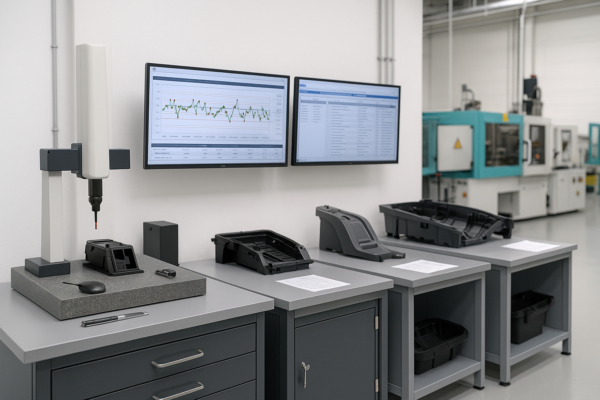Is a Quarter Panel a Structural Part?
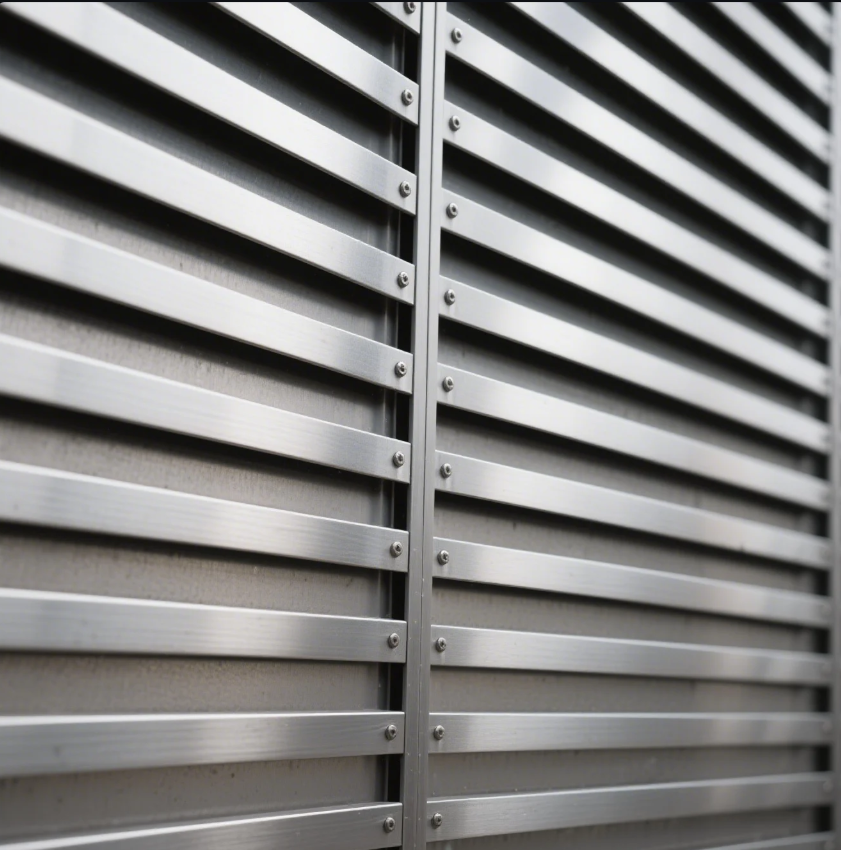
In automotive design, understanding which components are considered structural is crucial for both safety and performance. The quarter panel is one such component that often raises questions about its role in the overall structure of a vehicle. This article explores the role of the quarter panel in vehicle construction and answers whether it is a structural part of the car, along with other important structural components.
Snippet paragraph:
The quarter panel is a critical component of a car’s outer body, but is it considered structural? Let’s explore the role of the quarter panel and other structural parts of a vehicle.
Transition paragraph:
Now, let’s dive into the specifics of vehicle structures and understand the role of the quarter panel and other structural elements in automotive design.
What is Considered Structural on a Vehicle?
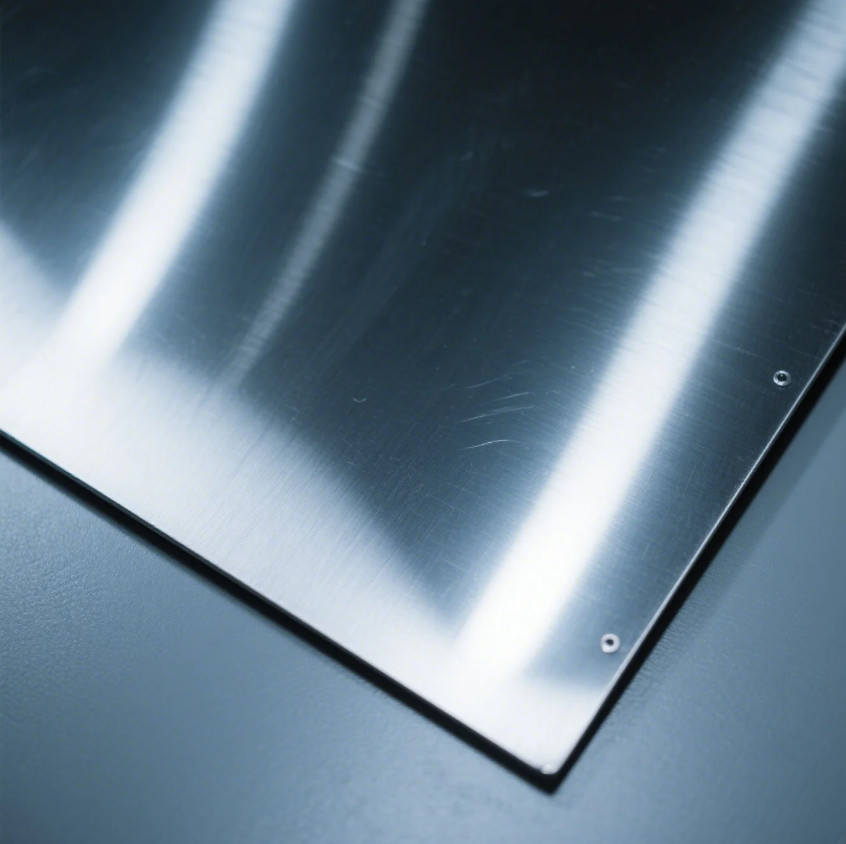
In a vehicle, structural parts refer to components that provide the vehicle’s strength, support, and integrity, ensuring it can withstand forces like impacts, stresses, and loads. Structural parts are essential for the safety of the occupants and the overall performance of the vehicle. These parts include the frame, chassis, roof, floor pan, and pillars, which all contribute to the car’s rigidity and ability to protect passengers during collisions.
Snippet paragraph:
The structural components of a vehicle provide support and safety. Key structural parts include the frame, chassis, floor pan, and pillars.
Dive Deeper
-
Frame: The frame is the core structure of the vehicle, usually made of steel or aluminum. It serves as the foundation for mounting other components such as the engine, suspension, and body.
-
Chassis: The chassis, often used interchangeably with the frame, includes the frame and all other major systems that support the vehicle’s functions, including steering, suspension, and wheels.
-
Roof and Roof Rails: The roof and its supporting rails contribute to the vehicle’s structural integrity. They help prevent deformation during rollover accidents.
-
Floor Pan: The floor pan supports the passenger compartment and contributes to the vehicle’s strength by resisting forces from below.
-
Pillars: These vertical structural components support the roof and sides of the vehicle. The A-pillar, B-pillar, and C-pillar are essential for protecting the vehicle’s occupants in the event of a crash.
These structural parts are designed to work together to ensure that the vehicle can handle various forces, from crashes to everyday driving conditions.
| Structural Part | Function | Example |
|---|---|---|
| Frame | Core structure that supports all components | Vehicle frame |
| Chassis | Supports and holds vehicle systems together | Suspension system, Steering |
| Roof | Provides overhead protection and integrity | Roof rails, Roof support |
| Floor Pan | Supports the passenger compartment | Car floor pan |
| Pillars | Supports the roof and vehicle sides | A-pillar, B-pillar |
What Part of a Car is the Quarter Panel?
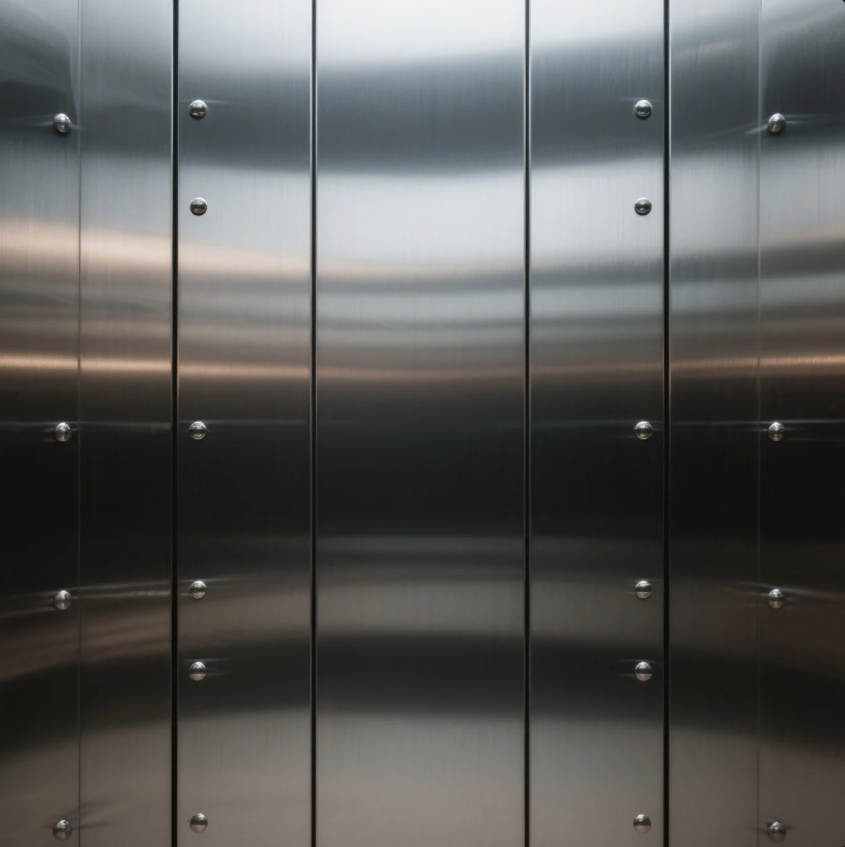
The quarter panel is a large, exterior body part of a vehicle that covers the rear section of the car, from the front of the rear wheel arch to the back of the car. It extends from the side of the vehicle and can include both the upper and lower areas, contributing to the car’s aesthetic and functional integrity. While it serves as an important outer part of the vehicle, the quarter panel itself is not considered a structural component.
Snippet paragraph:
The quarter panel covers the rear section of the vehicle, but it is not a structural part—it serves more for cosmetic and protective purposes.
Dive Deeper
While the quarter panel is crucial for the appearance and safety of the vehicle, it is primarily a non-structural component. It helps protect the vehicle’s internal parts, such as the fuel tank, and shields the rear wheel from debris, water, and dirt. However, unlike structural components like the frame or pillars, the quarter panel does not contribute significantly to the car’s strength or safety during a collision. It is a sheet metal part that can be replaced relatively easily in the event of damage.
| Vehicle Part | Function | Structural? |
|---|---|---|
| Quarter Panel | Covers the rear section, provides aesthetic and protective functions | No |
| Frame | Provides core structural support | Yes |
| A-pillar | Supports the roof and windshield | Yes |
What is a Structural Panel?
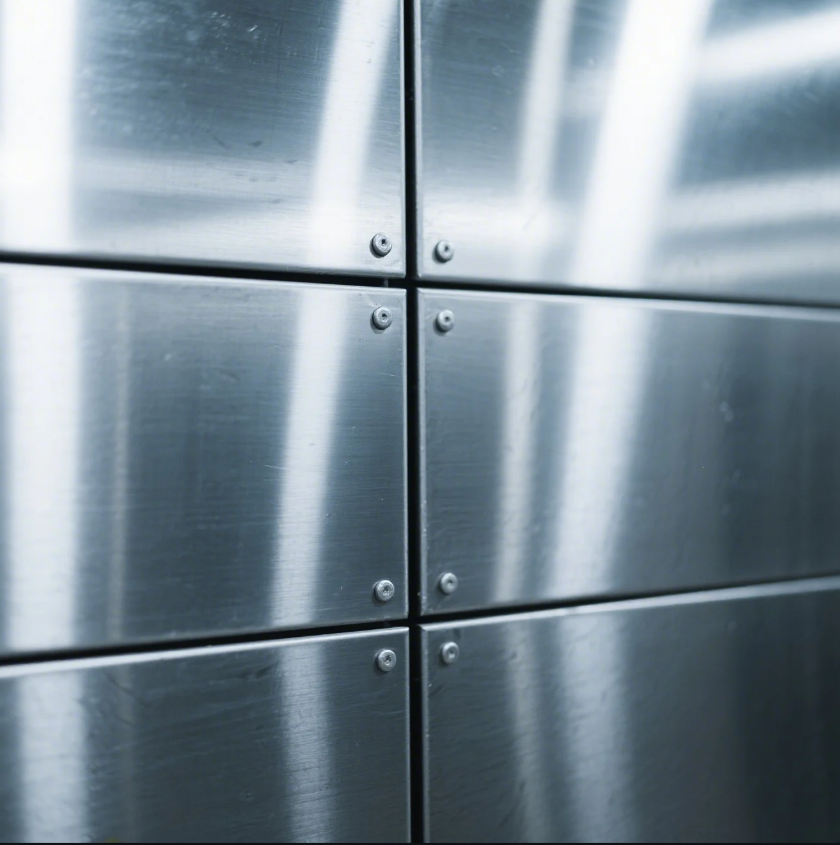
A structural panel is a type of panel that provides strength and support in a vehicle’s body, helping to maintain its rigidity and structural integrity. Structural panels are critical in reinforcing the body of a vehicle, especially in areas like the floor, roof, and door frames. These panels are designed to resist various forces, such as impact or pressure from driving conditions.
Snippet paragraph:
A structural panel provides support and rigidity to a vehicle, contributing to its overall safety and strength.
Dive Deeper
Examples of structural panels in a vehicle include:
-
Floor Panels: These panels form the base of the passenger compartment, providing protection from impacts and environmental forces.
-
Roof Panels: Roof panels provide the necessary strength for the roof structure, contributing to the vehicle’s overall stability and safety in a rollover accident.
-
Door Panels: These panels contribute to side-impact protection, helping prevent deformation during side collisions.
Unlike non-structural panels, such as the quarter panel, structural panels are designed to remain intact and functional even in high-stress conditions, ensuring the vehicle’s structural integrity.
| Structural Panel | Function | Example |
|---|---|---|
| Floor Panels | Provides support and safety for the vehicle floor | Car floor pan |
| Roof Panels | Provides structural support for the roof | Roof reinforcement |
| Door Panels | Protects the vehicle’s occupants in side impacts | Side door panels |
What is Considered the Structure of a Car?

The structure of a car refers to the combination of parts and systems that provide the vehicle with its rigidity, stability, and safety. The key structural elements of a car include the frame, chassis, pillars, floor pan, and roof. These parts are designed to withstand forces during collisions and regular driving conditions, ensuring the car remains safe and functional.
Snippet paragraph:
The structure of a car is made up of components like the frame, chassis, roof, and pillars, all of which work together to ensure safety and performance.
Dive Deeper
The structure of a car is primarily composed of the frame or chassis, which serves as the backbone of the vehicle. This structure supports the engine, suspension system, and other mechanical components. The pillars (A, B, and C) help support the roof and protect the vehicle’s occupants in the event of a crash. The floor pan adds structural strength to the bottom of the vehicle, while the roof helps prevent deformation during a rollover accident.
Key structural components of a car include:
- Frame: The central component that holds the vehicle together and provides support for other parts.
- Chassis: Includes the frame, suspension, and wheels, forming the foundation for the vehicle’s operations.
- Roof: Provides overhead protection for passengers.
- Pillars: Vertical supports for the roof that also contribute to the car’s crash protection.
While parts like the quarter panel or bumpers are important for vehicle function and appearance, they are not part of the car’s core structural system.
| Structural Part | Function | Example |
|---|---|---|
| Frame | Core structure supporting all components | Car frame |
| Chassis | Supports major vehicle systems | Suspension system |
| Roof | Provides structural integrity and protection | Roof reinforcement |
| Pillars | Supports the roof and vehicle’s structure | A-pillar, B-pillar |
Conclusion
In conclusion, while the quarter panel is an important exterior part of a vehicle, it is not considered a structural part. Structural components, such as the frame, chassis, floor pan, and pillars, are responsible for the vehicle’s integrity, safety, and performance. These components work together to ensure that the vehicle can withstand the stresses and impacts it faces on the road. Understanding the distinction between structural and non-structural parts is key when evaluating a vehicle’s design and safety features.

